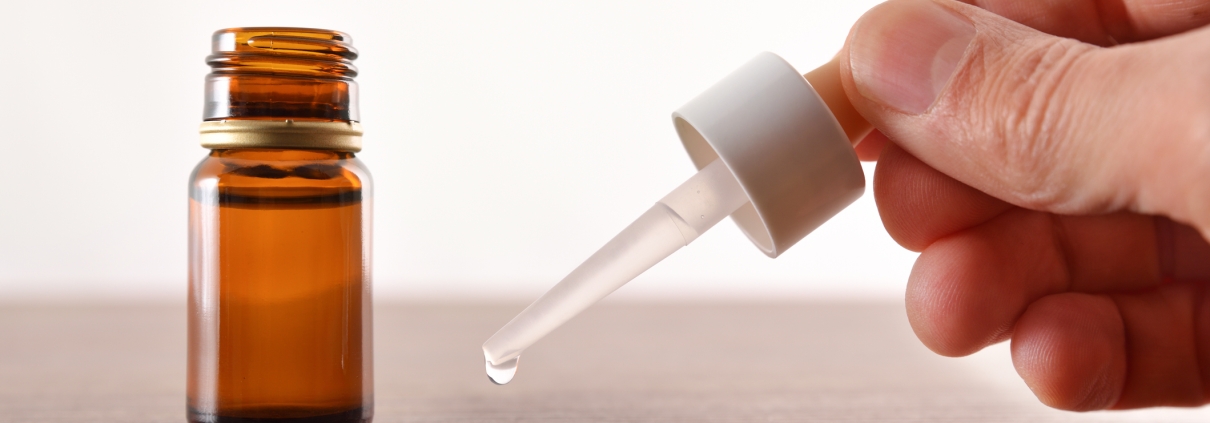Impact of Formaldehyde on Nail Health
Formaldehyde, a commonly used chemical in various industries, has garnered attention in recent years due to its presence in nail products and its potential impact on nail health. While formaldehyde serves as a preservative and hardening agent in nail polish formulations, concerns have been raised regarding its safety and potential adverse effects on nails. Exploring the relationship between formaldehyde and nail health is crucial for consumers to make informed decisions about the products they use and their potential impact on overall well-being.
Formaldehyde is a colorless, strong-smelling gas that is widely used in nail products, particularly in nail hardeners and some nail polishes. Its primary function is to strengthen the bonds between keratin molecules in the nails, resulting in a firmer and more durable nail surface. As a result, formaldehyde-containing nail products are often marketed as solutions for weak, brittle nails, promising to promote growth and prevent chipping and breakage.
However, despite its efficacy as a nail hardener, formaldehyde has raised concerns regarding its potential adverse effects on nail health. One of the primary concerns is its irritant properties, which can lead to skin sensitivities and allergic reactions. Prolonged or repeated exposure to formaldehyde-containing nail products may cause redness, itching, and inflammation around the nail area, leading to discomfort and potential damage to the surrounding skin.
Moreover, formaldehyde has been classified as a known human carcinogen by the International Agency for Research on Cancer (IARC), raising concerns about its potential link to cancer development. While the risk of cancer from occasional exposure to formaldehyde in nail products is considered low, prolonged or repeated exposure, particularly among nail salon workers, may increase the risk. Inhalation of formaldehyde vapors during the application and drying of nail products may also pose risks to respiratory health, contributing to symptoms such as coughing, wheezing, and throat irritation.
In response to these concerns, regulatory agencies such as the U.S. Food and Drug Administration (FDA) have imposed restrictions on the use of formaldehyde in nail products to protect consumer health. Manufacturers are required to adhere to strict guidelines regarding formaldehyde levels in nail products and provide clear labeling to inform consumers of its presence.
Despite these concerns, formaldehyde continues to be used in some nail products, prompting consumers to weigh the potential risks against the benefits. While formaldehyde-containing nail products may offer temporary benefits such as increased nail strength and durability, individuals with sensitive skin or respiratory issues may be more susceptible to adverse reactions. As such, it’s essential for consumers to be vigilant about reading product labels, opting for formaldehyde-free alternatives when possible, and practicing safe nail care practices to minimize exposure to potentially harmful chemicals.
In conclusion, formaldehyde remains a controversial ingredient in nail products, with concerns raised regarding its potential adverse effects on nail health and overall well-being. While formaldehyde-containing nail products may offer short-term benefits such as increased nail strength, consumers should be aware of the potential risks and exercise caution when using these products. By prioritizing safety and informed decision-making, individuals can maintain healthy, beautiful nails without compromising their well-being.





